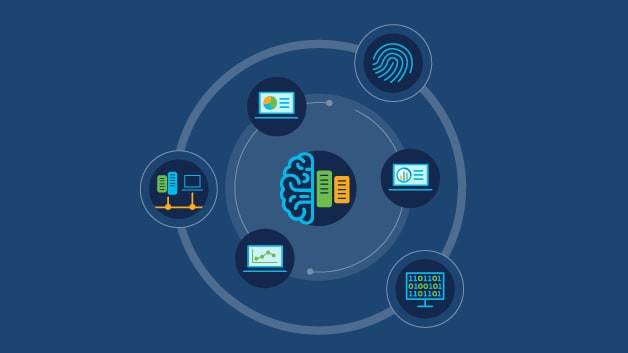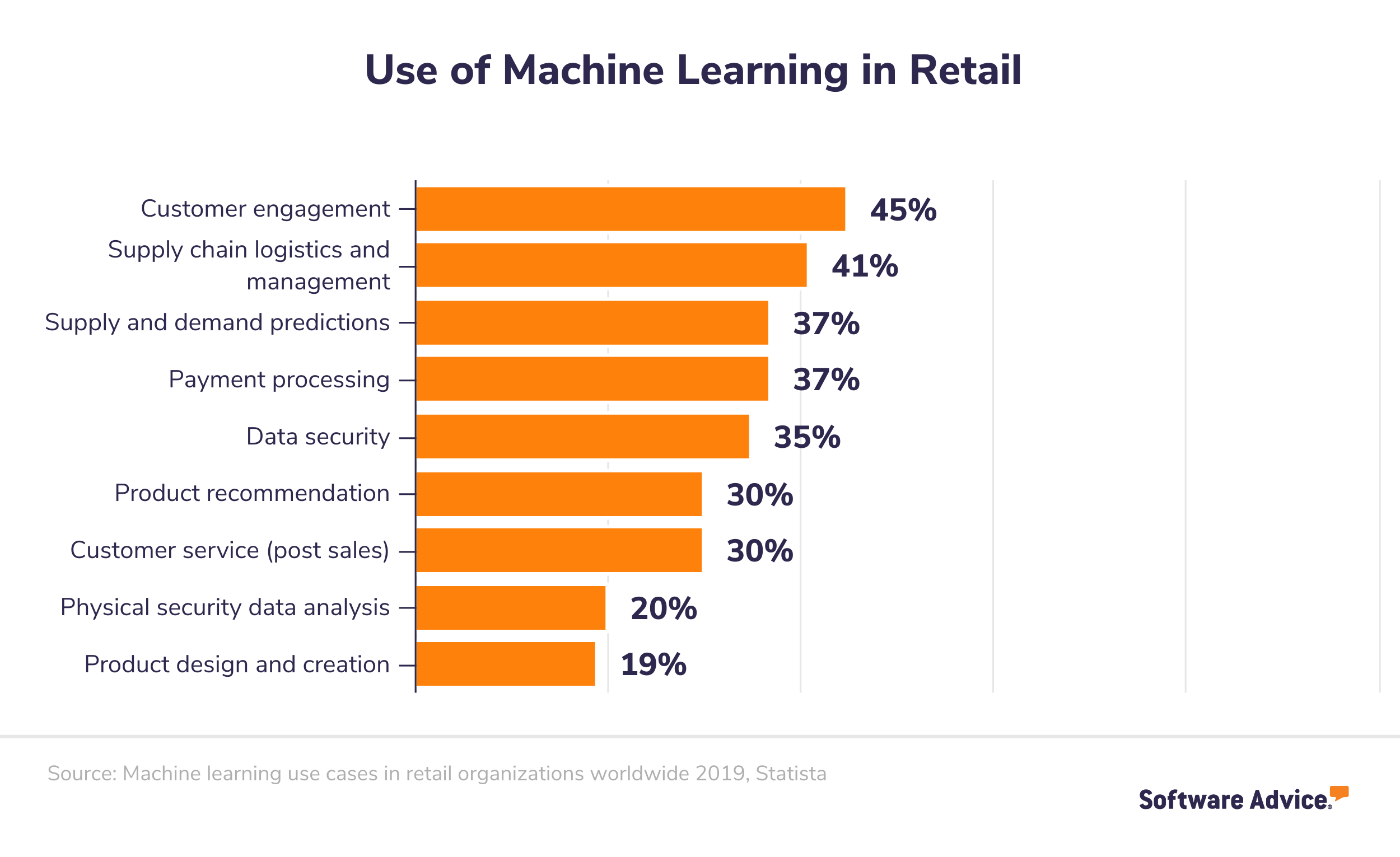
Patents issued in various industries vary. In semiconductors, for example, growth was slowest while in computer systems or biotechnology, it was the fastest. Pharmaceuticals and biotechnology also grew slowly, trailing the overall growth in all technologies. This trend could be explained by recent industry consolidation and price regulation within many developed countries. FDA approval for new drugs has been slow. These are not the only problems.
Industrial IoT
Andrew Bright, Managing director at Woodside Capital Partners, discusses the driving forces of Industrial IoT innovation and the tension between OT/IT. He also identifies the key ingredients for a successful IIoT startup. In addition to demonstrating the potential of IIoT as a business tool, Bright discusses how this technology can help manufacturing companies increase production quality and optimise processes. IIoT, which can be used both visually and non-visually, is a way for companies to measure production quality and make sure that products meet specified specifications.
Open innovation
While open innovation in industries is gaining importance as a tool for improving productivity and driving growth, firms must decide how best to use this tool. Open innovation is possible in many different ways, depending on the maturity level. These are just a few examples. All of these involve external collaboration and require constant reevaluation. Open innovation aims to bring together ideas from a wider variety of people and organizations.

Patenting activity
We first need to analyze the data regarding the number and type of patents in each sector in order measure patenting activity. This indicator can help companies find potential acquisition targets and predict future trends. It is possible to use patents in different industries to identify geographical innovation clusters or competitors' plans to file suits. Below is a chart showing patenting activity by state and patent number in the top 10 U.S. industrial sectors.
Concentrations on ICT
Although ICT investments in services have the potential to increase productivity via innovation and direct impact it is hard to distinguish the two. In this article we examine the impacts of ICT investment on industry productivity, and discuss the relationship ICT and innovation. This study highlights some of the key trends that are driving ICT investment in industries. It is becoming more important to consider the role of ICT in the modern economy. This globalized world has seen an increase in economic growth as well as employment due to the increased use of ICT-enabled technology, including cloud computing.
Biotechnology
Biotechnology has grown to produce enormous quantities of pharmaceuticals as well as enzymes, industrial enzymes and novel polymers. Today, the biotechnology industry is thriving, with new innovations increasing the productivity and diversity of its products. Improved genetic engineering of host organisms has been possible through the ongoing study of metabolic pathways. This has opened up the doors to biopharmaceutical inventions.
Pharmaceuticals
The pharmaceutical industry is a prime example of an industry that is known for its ability to invent. GlobalData will track pharmaceutical innovation and identify it as one of the major disruptive forces for the next decade. The future will be better for those who invest now. The figures also reveal the most innovative companies in the sector. Johnson & Johnson was a leader innovator in the last quarter, with 31 patents being filed in March and eleven patents being filed in the same period 2021.

Creative industries
The term creative industries refers to any industry that creates and markets tangible products and intellectual service. The value of these products and services stems from their symbolic nature. This industry has high levels of innovation and entrepreneurship potential. Its strength comes from its dominantly symbolic knowledge. This section examines the impact of social networks on success. This is where we will see how social networks are contributing to the creative industries' innovation. Let's take a closer glance at each of these elements.
FAQ
Which industries use AI most frequently?
The automotive sector is among the first to adopt AI. BMW AG uses AI as a diagnostic tool for car problems; Ford Motor Company uses AI when developing self-driving cars; General Motors uses AI with its autonomous vehicle fleet.
Other AI industries include insurance, banking, healthcare, retail and telecommunications.
How does AI affect the workplace?
It will change our work habits. We will be able to automate routine jobs and allow employees the freedom to focus on higher value activities.
It will increase customer service and help businesses offer better products and services.
It will enable us to forecast future trends and identify opportunities.
It will enable companies to gain a competitive disadvantage over their competitors.
Companies that fail AI implementation will lose their competitive edge.
What can AI be used for today?
Artificial intelligence (AI), which is also known as natural language processing, artificial agents, neural networks, expert system, etc., is an umbrella term. It is also known as smart devices.
Alan Turing created the first computer program in 1950. He was curious about whether computers could think. In his paper "Computing Machinery and Intelligence," he proposed a test for artificial intelligence. The test asks if a computer program can carry on a conversation with a human.
John McCarthy, who introduced artificial intelligence in 1956, coined the term "artificial Intelligence" in his article "Artificial Intelligence".
There are many AI-based technologies available today. Some are simple and easy to use, while others are much harder to implement. These include voice recognition software and self-driving cars.
There are two major types of AI: statistical and rule-based. Rule-based uses logic to make decisions. To calculate a bank account balance, one could use rules such that if there are $10 or more, withdraw $5, and if not, deposit $1. Statistical uses statistics to make decisions. A weather forecast might use historical data to predict the future.
Are there any risks associated with AI?
It is. They always will. AI is seen as a threat to society. Others argue that AI can be beneficial, but it is also necessary to improve quality of life.
The biggest concern about AI is the potential for misuse. AI could become dangerous if it becomes too powerful. This includes robot dictators and autonomous weapons.
AI could also replace jobs. Many people worry that robots may replace workers. Some people believe artificial intelligence could allow workers to be more focused on their jobs.
For instance, economists have predicted that automation could increase productivity as well as reduce unemployment.
Is there another technology that can compete against AI?
Yes, but not yet. There have been many technologies developed to solve specific problems. All of them cannot match the speed or accuracy that AI offers.
Statistics
- In the first half of 2017, the company discovered and banned 300,000 terrorist-linked accounts, 95 percent of which were found by non-human, artificially intelligent machines. (builtin.com)
- More than 70 percent of users claim they book trips on their phones, review travel tips, and research local landmarks and restaurants. (builtin.com)
- A 2021 Pew Research survey revealed that 37 percent of respondents who are more concerned than excited about AI had concerns including job loss, privacy, and AI's potential to “surpass human skills.” (builtin.com)
- That's as many of us that have been in that AI space would say, it's about 70 or 80 percent of the work. (finra.org)
- Additionally, keeping in mind the current crisis, the AI is designed in a manner where it reduces the carbon footprint by 20-40%. (analyticsinsight.net)
External Links
How To
How to setup Alexa to talk when charging
Alexa is Amazon's virtual assistant. She can answer your questions, provide information and play music. It can even hear you as you sleep, all without you having to pick up your smartphone!
With Alexa, you can ask her anything -- just say "Alexa" followed by a question. She'll respond in real-time with spoken responses that are easy to understand. Alexa will also learn and improve over time, which means you'll be able to ask new questions and receive different answers every single time.
You can also control connected devices such as lights, thermostats locks, cameras and more.
Alexa can also be used to control the temperature, turn off lights, adjust the temperature and order pizza.
Setting up Alexa to Talk While Charging
-
Open Alexa App. Tap Settings.
-
Tap Advanced settings.
-
Select Speech recognition.
-
Select Yes, always listen.
-
Select Yes, only the wake word
-
Select Yes to use a microphone.
-
Select No, do not use a mic.
-
Step 2. Set Up Your Voice Profile.
-
Enter a name for your voice account and write a description.
-
Step 3. Step 3.
Use the command "Alexa" to get started.
For example: "Alexa, good morning."
Alexa will answer your query if she understands it. For example, John Smith would say "Good Morning!"
Alexa won’t respond if she does not understand your request.
After making these changes, restart the device if needed.
Notice: If the speech recognition language is changed, the device may need to be restarted again.